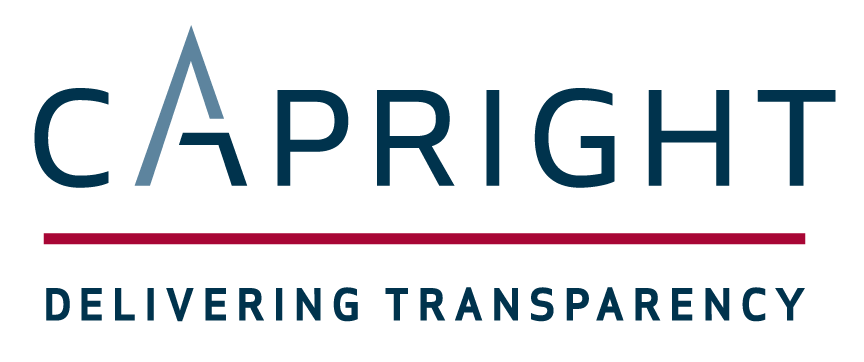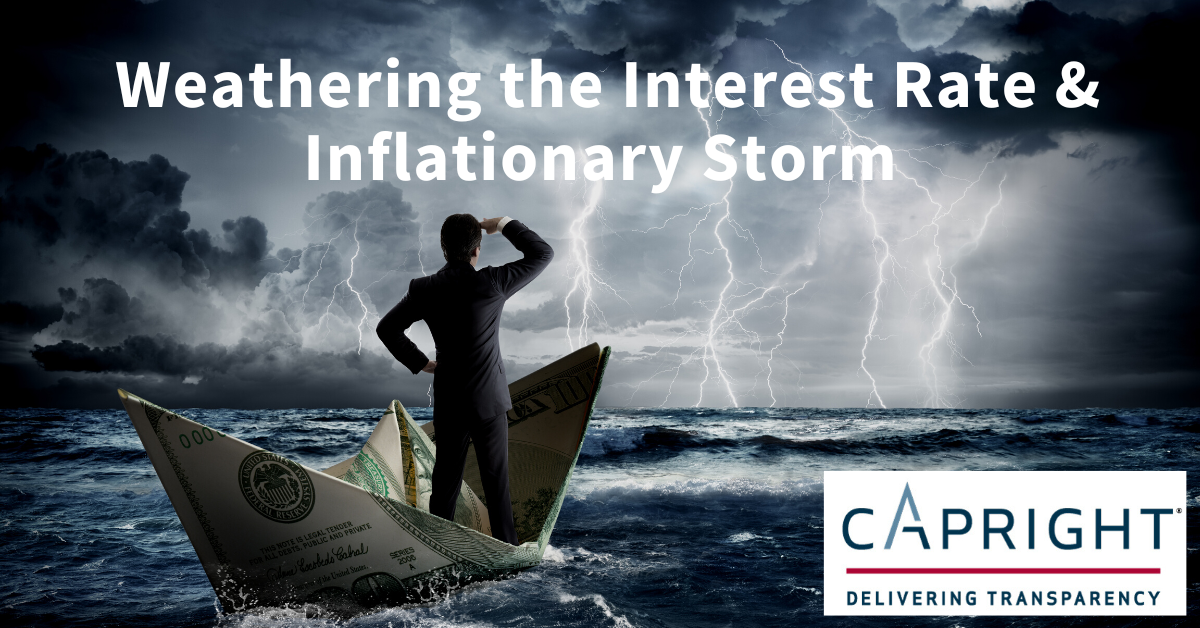Weathering the Interest Rate & Inflationary Storm
September 13, 2022
Multifamily and Industrial are the CRE Property Types Best Positioned to Weather the Interest Rate and Inflationary Storm
Concerns persist surrounding interest rates, inflation and their impact on commercial real estate valuations. It is starting to look like inflation may not be a transitory phenomenon, and the Federal Reserve is signaling that interest rate increases are likely to continue in the near-term. As a result, expectations for increased rates of return across virtually all property types are beginning to put downward pressure on CRE valuations.
Since the June rate hike, sellers report that market interest has been particularly weak. Assets being taken to market are receiving fewer bids, with those bids coming in well below expectations. As a result, sellers are either pulling properties off the market and waiting for conditions to stabilize, or prices and terms are being re-negotiated. With the cost of capital increasing, buyers are no longer willing to hold assets at negative leverage for prolonged portions of the holding periods but are seeking to reach positive leverage within the first 24 to 36 months of investment. With another 75-basis point increase anticipated in September, valuations are expected to face further headwinds.
The assets that are best positioned to perform are those with the ability to counteract the downward pressure on value from rising investment rates through increasing cash flow. Multifamily and industrial sectors are expected to lead in this regard because of their prospects for strong rent growth and the shorter duration leases that allow landlords to capture that growth with less lag.
A structural shortage has persisted in the US housing market for the past decade and new 2022 YTD housing starts are now down over 20 percent. Increasing interest rates will erode home affordability as the costs to purchase and build also rise. Considering the supply constraints and declining affordability of home ownership, individuals will be pushed to rental properties which will continue to drive rent growth. Moreover, the ability to increase rents to market as leases continually turnover means this sector can serve as an effective hedge on inflation.
Industrial assets continue to experience favorable supply-demand dynamics. Supply remains constrained in many of the primary industrial markets as there is limited availability of land for new construction and rising interest rates will only increase the cost of new construction. At the same time, demand remains strong, led by e-commerce, the push for onshoring manufacturing in the areas of defense, technology and medical, and the need to increase inventory to mitigate supply chain disruptions. Given the fundamentals in the industrial sector, strong rent growth is likely to persist. As such, investors will continue to pursue industrial properties in high growth markets with shorter weighted average lease terms.
Article by:
85 Broad Street
16th Floor
New York, NY 10004
(212) 518-1705



